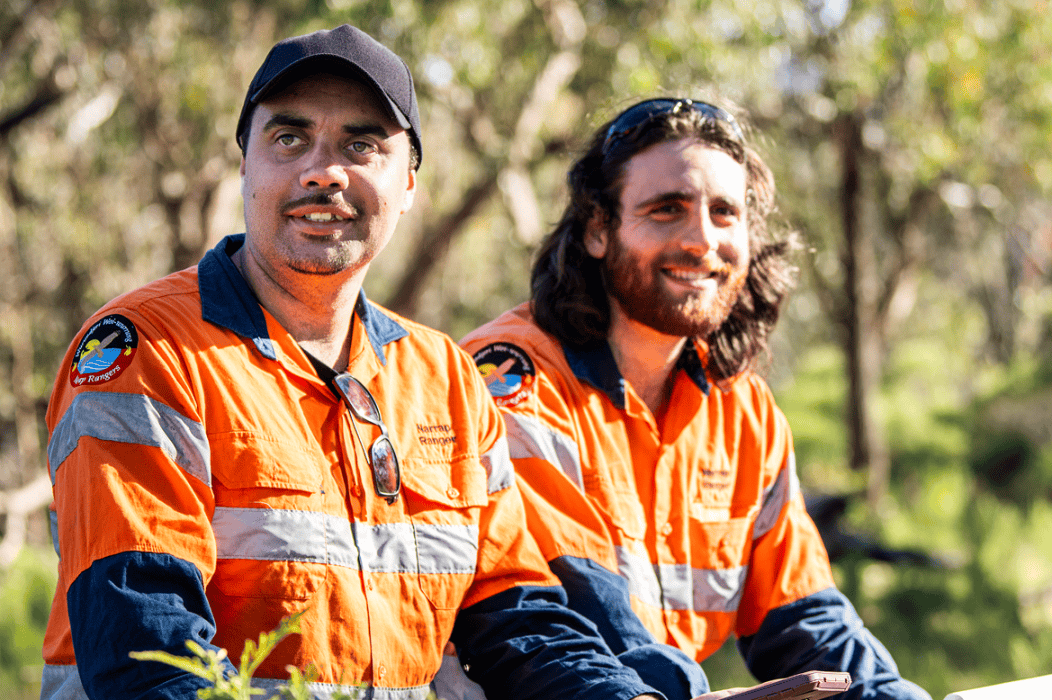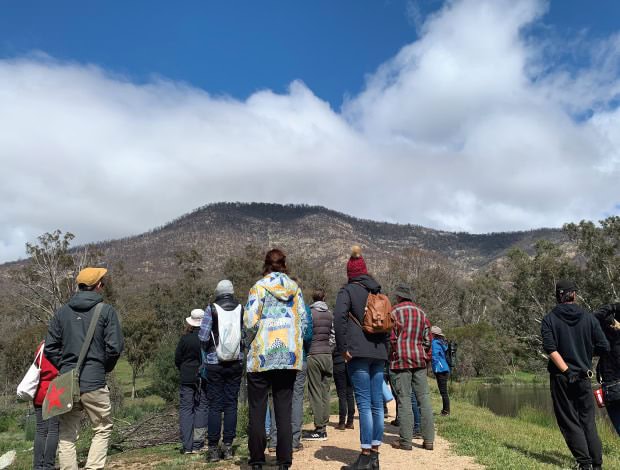Brand and Group Resources
Landcare Australia has created a suite of online resources to help promote your group’s activities and mobilise volunteers. Whether you are a new group searching for tips on how to get started, or looking for more volunteers to get involved in your next project, these easy to use resources include some great ideas and templates.
It doesn’t matter if your group is a Landcare, Bushcare, ‘Friends of’, Coastcare, Dunecare, Rivercare, early learning centres, schools, youth or young adult group, or any other environmental community group – you are welcome to use the resources to promote your projects and events.

National Landcare Directory
The National Landcare Directory (NLD) is an online directory of ‘care' groups across Australia who are working in their local community on environmental conservation and sustainable land management activities. There are thousands of landcare groups and other environmental groups across Australia, so this is a great starting point to find a group near you and get involved. We have made it easy for you to find a group, register a group or remove a group. Make sure your group is listed in the NLD so potential volunteers can find you!

Landcarer Portal
Have you explored our Landcarer portal? Landcarer is a purpose built FREE online community meeting spot for like-minded people to connect and discuss all things related to our shared passion for conservation, sustainable land management and agriculture. Explore how this platform can help you, your group or organisation. You can also add your events to the National Landcare Events Calendar on Landcarer!

Brand & Resources for Groups
Groups need volunteers to help with projects, and we know that attracting and retaining volunteers can be challenging, especially when people lead busy lives. To help groups create awareness of their group and projects, we have created resources, tips and templates. You can access resources to start a group, mobilise volunteers, promote a project or event and so much more! Landcare Australia manages the landcare ‘caring hands’ brand and we can provide a group logo to eligible groups.

First Nations Resources
for Landcarers
Landcare Australia is proud to acknowledge Aboriginal and Torres Strait Islander Peoples as the Traditional Custodians of the Country on which we live and work. Working with First Nations organisations, we have developed resources to help the landcare community and educators work with Traditional Owners and First Nations communities on landcare projects.

Case Studies
From habitat and biodiversity restoration, sustainable agriculture and First Nations projects, to Coastcare and disaster recovery projects, Landcare Australia has supported thousands of landcare projects across Australia for over 35 years. We have a great list of case studies to demonstrate what Landcare Australia does to support the landcare community with funding and in-kind support from our partners. The case studies promote the incredible work of landcare volunteers, groups and organisations and the impact of their projects.
Landcare Webinars
We host webinar events to share knowledge, resources and help build capacity for the landcare movement.
Campaigns
Get involved in Landcare Week, Coastcare Week, the Landcare Awards, the National Landcare Conference and more!
Grants
Our grants program funds a range of hands-on projects and programs that improve environmental outcomes, bringing landcare activities right into the heart of local communities across Australia.